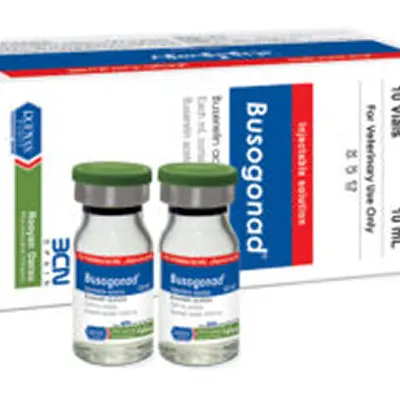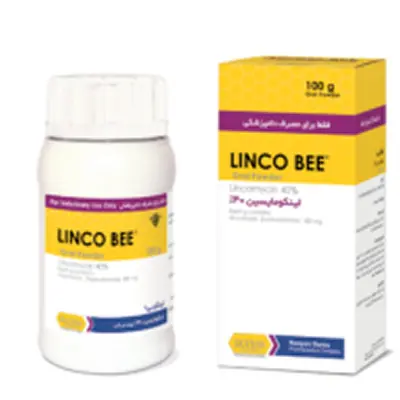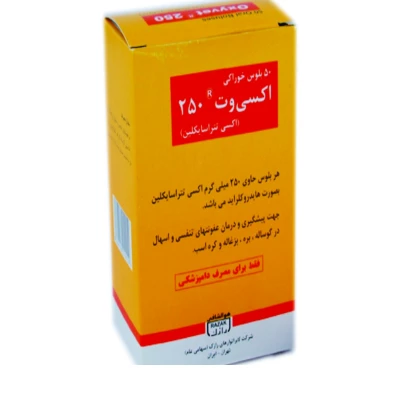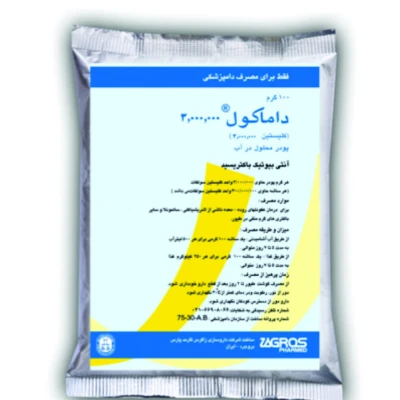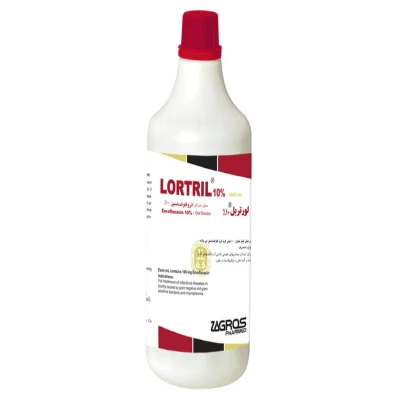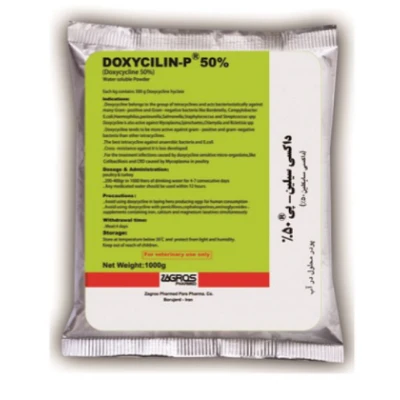
Packaging
10 mL and 20 mL vial

Compounds
Each milliliter of the drug contains 0.0042 mg of buserelin acetate.

Mechanism of the Effect
Buserelin is a gonadotropin-releasing hormone (GnRH) produced by the hypothalamus. GnRH is released in a pulsatile manner from peptidergic neurons. Each pulse causes the phased release of LH from the anterior pituitary, leading to stimulation and increase of intracellular calcium, activation of protein kinase C, and enhanced stimulation of phosphatidylinositol, ultimately resulting in the production and release of LH and FSH. The secreted LH and FSH promote rapid follicular growth, maturation, and subsequent ovulation.
Buserelin is rapidly absorbed from the site of intramuscular injection and is metabolized in the anterior pituitary by peptidase enzymes into smaller inactive peptides and amino acids.
The metabolites are primarily excreted through urine and also via respiration.

Use case
Ovarian cysts are among the important causes of infertility in dairy cows. Ovarian cysts can be follicular or luteal structures. Clinical signs of ovarian cysts include irregular estrous cycles, anestrus, and nymphomania. Injection of buserelin improves fertility status after calving during the first 40 days postpartum and reduces the incidence of ovarian disorders. This drug is used in cattle, horses, and rabbits.
Another application of Busogonad® is the induction of ovulation and its use in estrus synchronization programs in dairy cows in combination with PGF2α analogs.

The amount and how to use
Busogonad® is administered via intravenous, intramuscular, and subcutaneous injections. For ovarian cysts, a dose of 5 mL is used; to prevent delayed ovulation, 2.5 mL is administered; and for improving fertility status after calving, 2.5 mL is prescribed.

Caution
After use, wrap empty Busogonad® vials in paper and dispose of them in a waste container.

Drug interference
Concurrent use with other hormonal drugs (such as progesterone and estrogens) may alter the response to buserelin.
Non-steroidal anti-inflammatory drugs (NSAIDs) can reduce the effect of buserelin.
Immunosuppressive drugs may weaken the therapeutic response to buserelin.
It is advisable to consult a veterinarian before using buserelin concurrently with any other medication to avoid potential interactions.

Maintenance conditions
Busogonad® should be stored at 15–30°C, protected from light.
